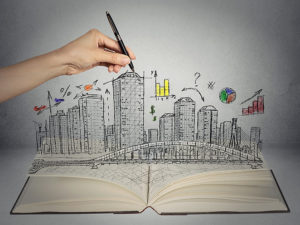Back in 2019, things looked rosy for the hotel industry. Occupancy rates for U.S. hotels was hovering in the mid-70 percent range and average daily rate (ADR) was around $130. Today, U.S. hotel occupancy rates are below 50 percent, a decline of nearly 30 percent from this time in 2019, and average daily rate is about $95, a drop of over 26 percent year-over-year. Revenue per available room (REVPAR) is at $45.80 down a whopping 48.1 percent from 2019.
The areas with the highest occupancies were those areas where residents were displaced by natural disasters. Amid the wildfires, California South/Central saw the highest occupancy level at 78.4 percent and places like Mobile, Alabama reported the next highest level at 73.6 percent in the aftermath of Hurricane Sally in September 16, 2020.
The top 25 markets showed lower occupancy at 42.1 percent but with slightly higher ADR at $99. Three of the major markets (Norfolk/Virginia Beach, San Diego, and Los Angeles/Long Beach) surpassed 50 percent occupancy. Unaccustomed to such devastating numbers, the two markets with the lowest occupancy were Oahu Island, Hawaii (19 percent) and Orlando, Florida (30.8 percent).
CBRE Hotels Research has been analyzing the impact of COVID-19 since January 2020. It reports that “the magnitude of the projected declines in RevPAR have surpassed anything our firm has seen while tracking U.S. hotel performance the past 90 years.” This is the worst occupancy has been since the 1930s.
With this much bad news engulfing the U.S. hotel industry, is there a chance for optimism in the future? Some say yes, but not without more pain to come. With the proliferation of online meetings it means that fewer companies feel the need to hold “convention-type” meetings in large, full-service hotels.
Select-service and limited service hotels, on the other hand, are doing better in terms of occupancy rate, primarily because these properties are geared to the average traveler where there is a broader market and people are less likely to come in contact with large crowds, which makes social distancing easier.
There has also been a noticeable change in housekeeping services at these hotels. Housekeepers now just drop off soap and towels but don’t typically clean and vacuum your room every day. To make guests feel safe, hotels are making more of an effort to sanitize the public spaces.
Depending on the presidential election and the government’s continued stimulus program, the recovery is expected to be underway in the fourth quarter of 2020 and will begin to see additional improvement if there is a substantial rebound in economic activity in 2021. Below is CBRE’s U.S. Hotel Performance Forecast.

Based on this forecast, it should take four years for the market to regain its footing to 2019 levels. Along the way, there may be opportunities in select markets for savvy investors.





